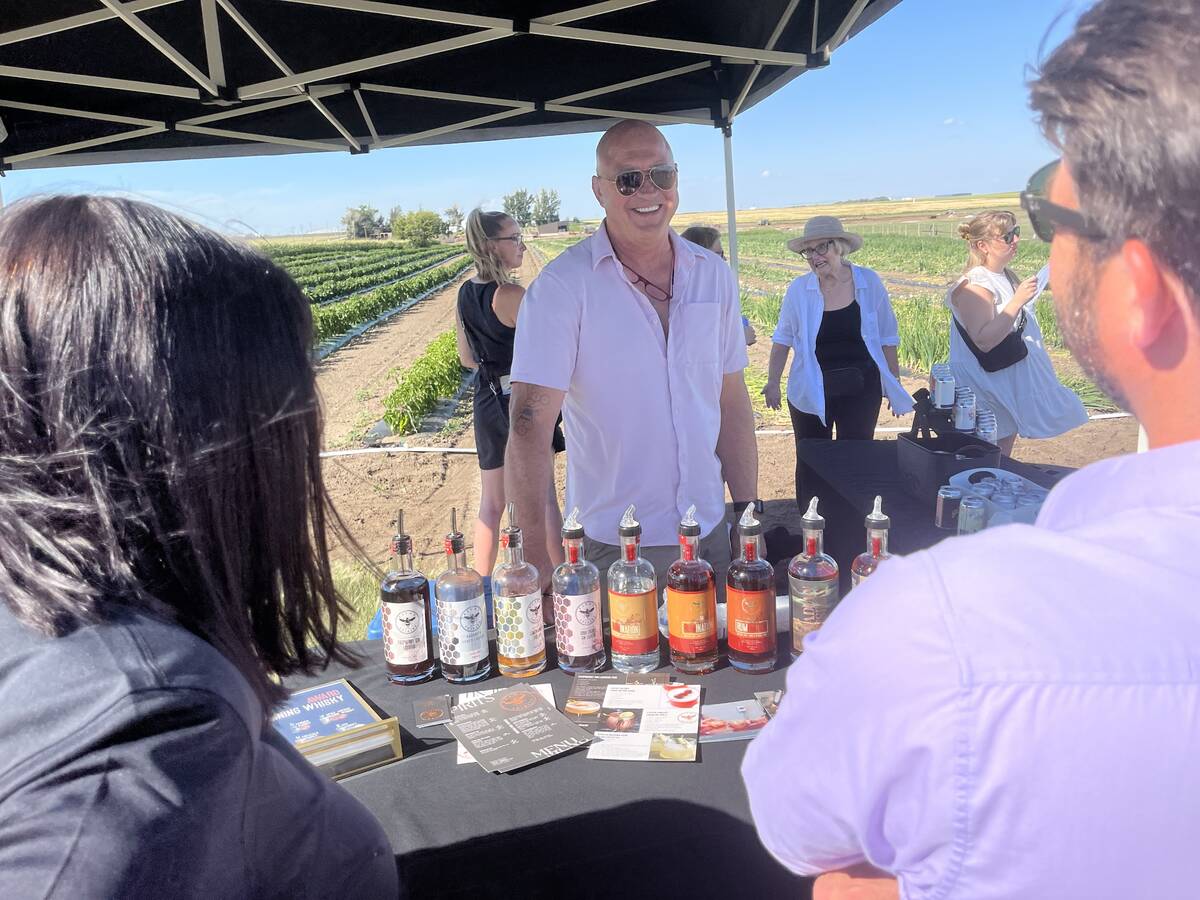DENVER, Colo. – It’s almost impossible for any industry to go forward if it doesn’t know where it has been.
That is the state of the American beef industry.
Realizing that, the National Cattlemen’s Beef Association appointed an 11-member task force representing various sectors of the beef industry to lay the groundwork for a national identification program.
Individual identification means tracking an animal as it travels from the farm to the consumer, said Paul Hitch, of Guymon, Oklahoma, who headed the committee. In a move similar to what has already started in Canada, the U.S. committee wants every animal traced for health purposes as well as beef quality.
Read Also

From farmer to award-winning distiller
Pivot Spirits showcases transition from farmer to distiller with provincial award-winning results in Alberta for Lars Hirch
“If we had BSE show up in the United States, God forbid, or another E. coli problem, or some unknown disease, with traceback we can snuff the problem while it’s still contained,” said Hitch.
The committee started work last summer and came up with a number of recommendations for a voluntary system.
The committee favors electronic ear tags using radio frequency technology. The information is then fed into a computer.
The radio sensors need to be based on rules set by an international standardization organization to be compatible with Canadian and European systems. It will take years to put in place.
Ultimately, producers should decide which system they prefer, because the ear tags are expensive, said Hitch.
“Some people don’t like it because they think the cost is greater than the benefit.”
Information will be confidential unless the owners choose to release it. An outside agent should control and manage the data said the committee; it does not want the NCBA or government to handle it.
For those who don’t use computers, this may be a service that sale barns offer, said Hitch.
Producers at the NCBA convention said they wanted assurances that feedlots and packers would return information.
“I think we would have good participation from the packers and fair participation from the feeders,” said Hitch.















